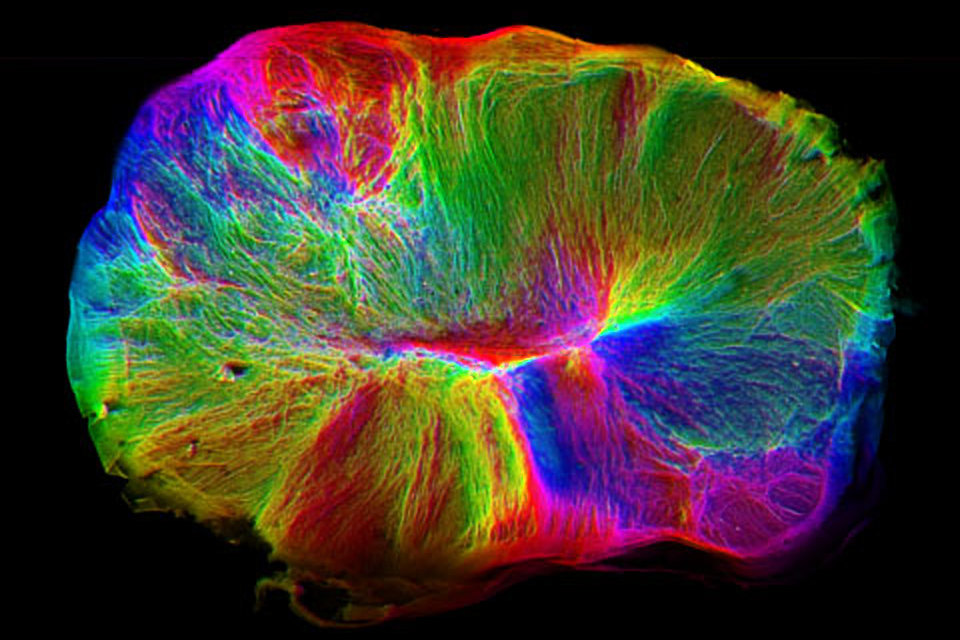Scientists at the MRC Laboratory of Molecular Biology in Cambridge have reportedly grown mini brains that have functional output. According to the team, their lab-grown blobs of tissues have shown signs of muscle control.
The mini brains, known as cerebral organoids were derived from human stem cells and composed of about two million organized neurons. At 12 to 13 weeks, they can now be compared to a human fetal brain which is not fully developed enough to think, feel, or have consciousness.
However, when a brain organoid was placed near a piece of mouse spinal cord and muscle tissue, it surprisingly sent out long tendrils to check on the two tissues.
The Mini Brains
The scientists were able to observe how a piece of the blob immediately connected itself to the spinal cord and muscle tissue using long-term live microscopy.
In a statement, the MRC researchers said:
“This is the first demonstration of a functional output from cerebral organoid tissues in a dish.”
Aside from moving, the mini brains were also able to initiate muscle movement like how motor neurons in the human brain works. Under the microscope, the researchers observed how they control muscle contractions. In addition to that, stimulating one of the axon tracts elicited muscle contraction on its own.
In their paper, the researchers wrote:
“These cultures exhibit active neuronal networks, and subcortical projecting tracts can innervate mouse spinal cord explants and evoke contractions of adjacent muscle in a manner dependent on intact organoid-derived innervating tracts.”
Overall, the team’s lab-grown brain organoids have shown remarkable self-organization in its tracts with a functional output. The feat is considered a breakthrough that could open new opportunities to further study the relevant aspects of human brain development as well as brain diseases.



















I’m just curious about how lab limit the growth of this stem cell? 🤔 so they can call it mini brains.
Hey Claire, snipping bits of tissue from the mini-brain that exactly scientist do.
Thanks, John. I guess, the size of the cerebral organoids really matter.
Yes, Claire, it size really matters. This has effectively extended the life of the organoids.
Organoids are very intriguing, can a lab-grown mini brain think?🤔